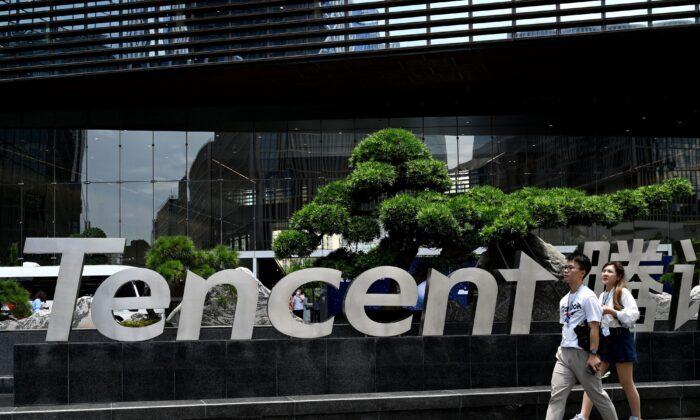What do Wagner’s “Imperial March,” Sarasate’s “Carmen Fantasy,” and the erhu folk tunes of Northeast China have in common?
Not much, at first glance. But Shen Yun Symphony Orchestra’s ability to move from one perfect stylistic rendition to the next in mere minutes is an exercise in proving that, truly, music is a universal language.
The orchestra is famous for its East-West nature. It looks like a classical symphony orchestra, but from the first sounding of the gong, you realize it somehow sounds Chinese—even if you’ve never really heard Chinese music before.
The artists say they owe this sound to their roots: Shen Yun Performing Arts, the classical Chinese dance company that the orchestra typically accompanies, is on a mission to revive the authentic, 5,000 years of traditional Chinese culture.
As such, the composers and musicians of Shen Yun Symphony Orchestra (SYSO) honor the origins of the Chinese instruments integrated into the ensemble. The 4,000-year-old erhu is nestled into the orchestra right beside the violins, an instrument perfected in Italy only about 400 years ago. The two-stringed erhu is meant to mimic the human vocal cords, and in the right hands it can, evoking some of the most soul-stirring pieces of the performance. When the composers write for it, the music is arranged to let the erhu carry the melody.
There is also the pipa, which was once an imperial court instrument. Those who frequent early music concerts will notice its resemblance to other lutes they’ve heard, but the technique used to pluck the pipa’s four strings evokes quite a different sort of sound.
Then, along the edge of the ensemble, you might notice that the rhythm section doesn’t sound quite like what you’re used to. The orchestra uses Chinese court drums, different cymbals, and wooden blocks. The blocks and other sacred percussion instruments originated in Buddhist temples.
Chinese instruments have a different way of categorizing tonality than Western instruments. Instead of basses, woodwinds, and strings, you have the “metallic sound” of the 16-bell bianzhong, and the “silken sound” of silk-string zithers, and so on. You might assume that these Shen Yun musicians are specialists in traditional Chinese music—and they are, but that doesn’t mean they don’t make full use of the Western classical tradition as well.
This year’s program includes Wagner’s “Imperial March” (“Kaisermarsch”), Sarasate’s “Carmen Fantasy,” and Tchaikovsky’s waltz from “Sleeping Beauty” alongside the orchestra’s core repertoire of original works.

Soprano Haolan Geng performs with Shen Yun Symphony Orchestra at Carnegie Hall in New York on Oct. 14, 2017. Dai Bing
A surprising mix, perhaps, but the orchestra does this often: It programs a grand march (sometimes American, sometimes a coronation march), plus an iconic melody that most anyone will recognize. (You could hum along to “Sleeping Beauty” right now.) And then it includes something to show off one of the orchestra’s virtuosos—sometimes a horn, sometimes a bel canto soloist, sometimes the heart-rending erhu, or the familiar violin.
The symphony orchestra has proven to be a nimble, talented bunch, and the quick-moving programs provide a rare chance to sample the breadth of Shen Yun’s unique music.
The orchestra’s tours are short. Following performances in Taiwan and South Korea in September and early October, the North American concerts begin in Toronto at Roy Thomson Hall on Oct. 5. The orchestra will then make brief stops in New York; North Bethesda, Maryland; Boston; Washington; and Chicago before joining the Shen Yun dance companies to tour the globe.
It’s a message that really hits home: No matter what genre, what language, where in the world you’re from—classical music can reach you.








